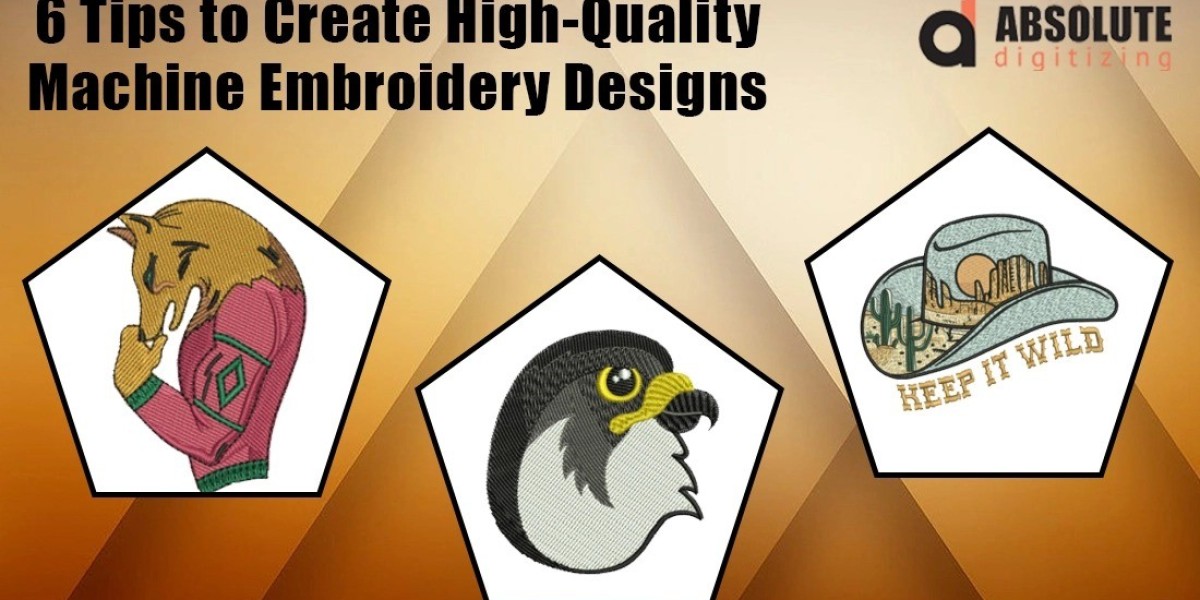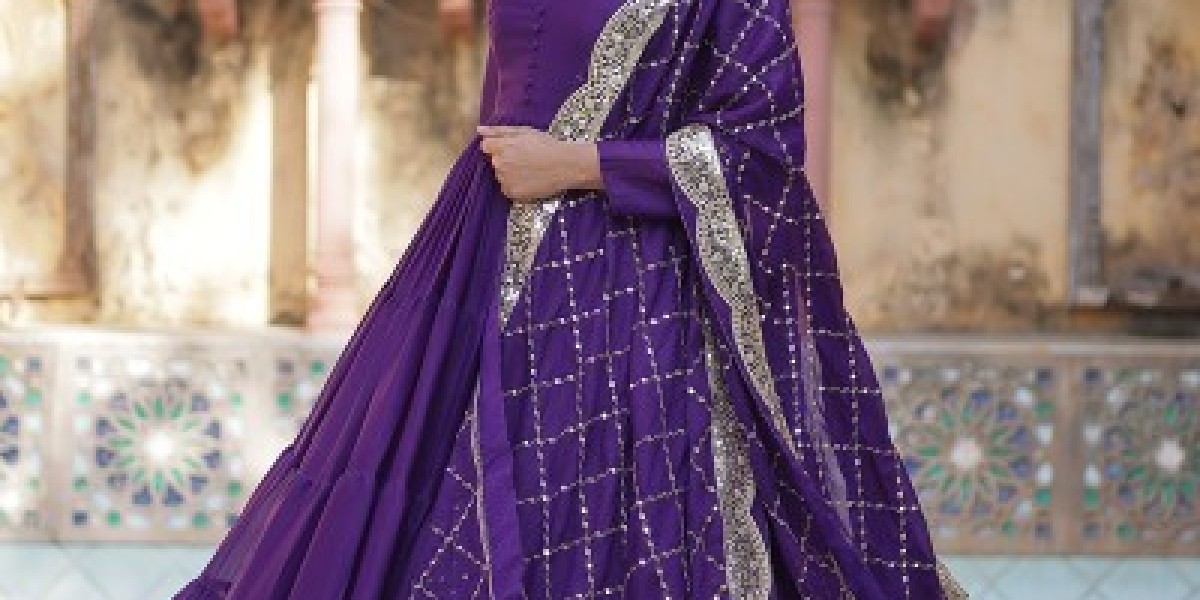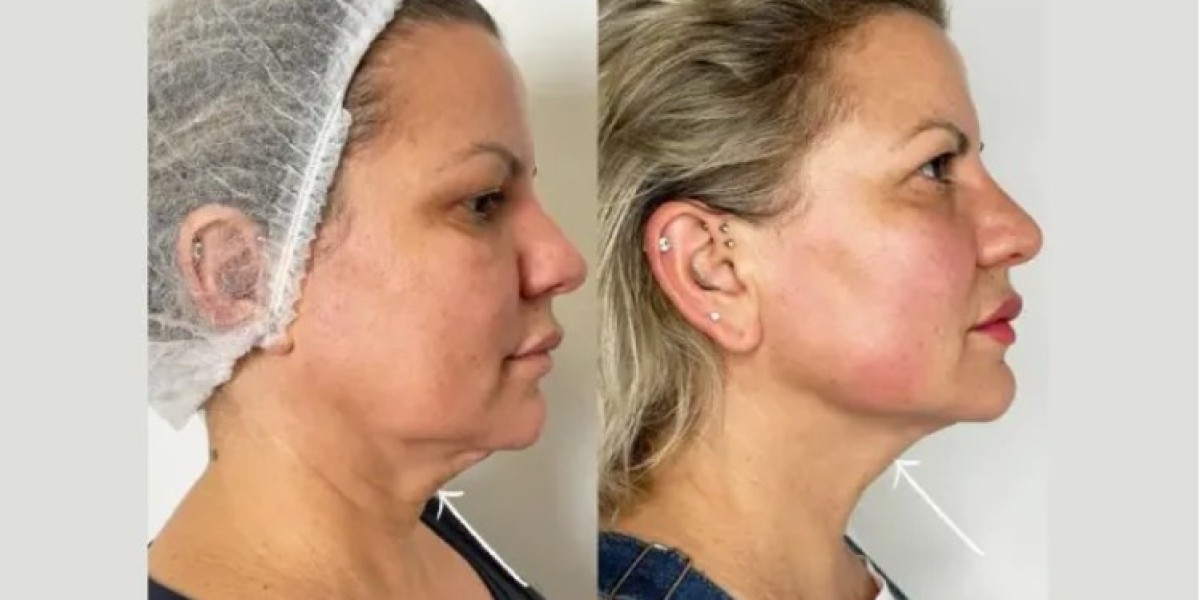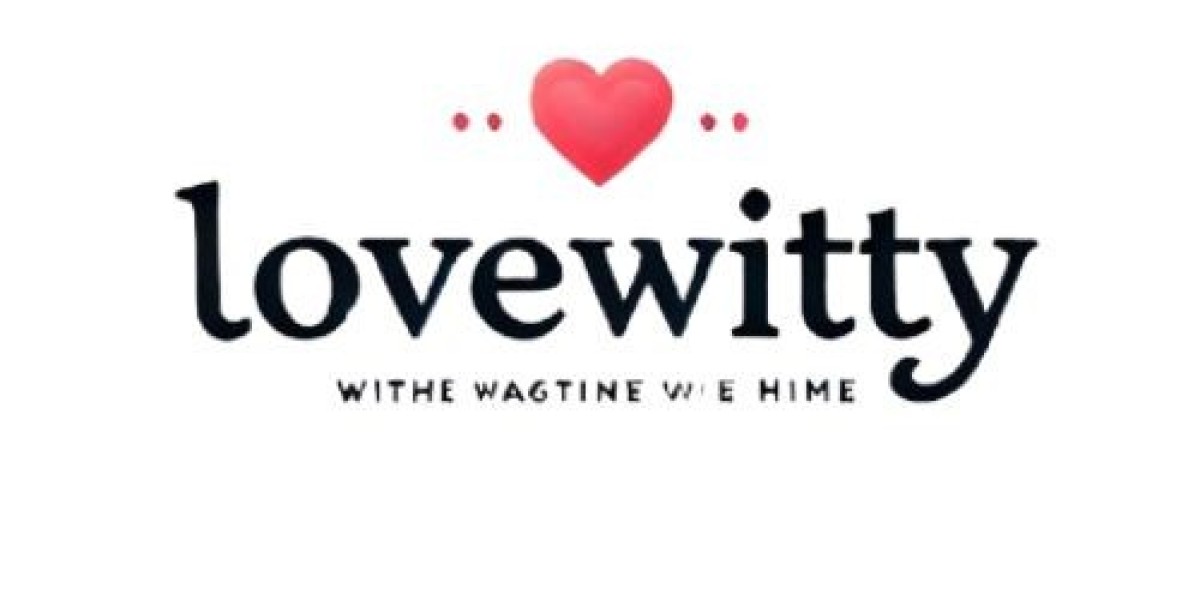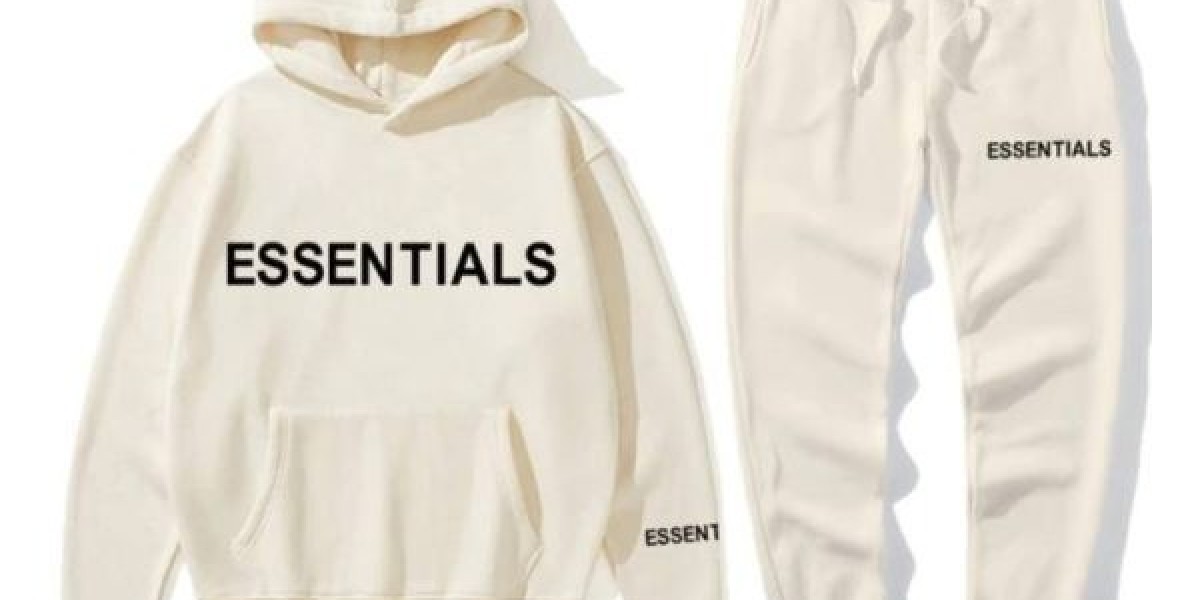Introduction
Embroidery brings a touch of elegance and personalization to any project, whether you're decorating clothing, home decor, or gifts. With a good embroidery machine, the possibilities are endless, but the key to stunning results lies in selecting the perfect design. Choosing the right machine embroidery designs can make or break your project, ensuring it looks professional and aligns with your vision. This article guides you through the process, helping you pick designs that suit your skill level, machine capabilities, and creative goals. Let's explore how to choose the right machine embroidery designs.
Understand Your Embroidery Machine's Capabilities
Your machine sets the foundation for what designs you can tackle. Different models have varying hoop sizes, stitch counts, and format compatibility, like PES for Brother or DST for Tajima. Check your machine's manual to know its limits—some handle large designs up to 10 inches, while others max out at 4 inches. For beginners, start with simple designs that fit smaller hoops to avoid frustration. If your machine supports multi-needle threading, opt for designs with multiple colors for efficiency. Always match the design's requirements to your machine's specs to prevent errors like skipped stitches or misalignment.
Consider Your Skill Level
If you're new to embroidery, choose designs with basic stitches and fewer color changes to build confidence. Simple motifs like hearts or flowers allow you to practice without overwhelming complexity. As you gain experience, move to intricate patterns with shading or 3D effects. Advanced users can handle designs with dense fills or metallic threads, but even pros test new designs on scrap fabric. Assess your comfort with software for editing—many designs come editable, letting you tweak sizes or colors. Picking designs that match your skill ensures enjoyable projects and professional-looking results.
Match the Design to Your Fabric
Fabric type influences design choice significantly. Lightweight materials like cotton or silk suit delicate designs with lower stitch density to prevent puckering. Heavier fabrics, such as denim or canvas, handle dense, bold designs well. For stretchy knits, select designs with flexible stitches like zigzag underlays to avoid distortion. Consider the item's use—a towel needs absorbent, low-density designs, while a jacket might require durable, weather-resistant patterns. Always test on similar fabric swatches to see how the design holds up, ensuring longevity and a clean finish.
Focus on Design Size and Scale
Size matters when selecting embroidery designs. Measure your project's space—a logo for a polo shirt pocket should be small, around 2-3 inches, while a back design can span 8-10 inches. Scale designs proportionally to avoid distortion; most software allows resizing, but check stitch density adjusts automatically. Oversized designs on small areas look cramped, while tiny ones on large spaces get lost. Consider the hoop size—your machine might require splitting large designs into parts. Proper scaling ensures the design fits perfectly and maintains its impact.
Select Appropriate Color Schemes
Colors bring designs to life, so choose schemes that complement your fabric and theme. Monochrome designs work well for elegant, subtle looks on formal wear. Vibrant, multi-color patterns suit casual apparel or kids' items. Match thread colors to your brand palette for business projects, using charts like Pantone for accuracy. Consider thread types—metallic for shine, variegated for gradients. Limit colors to 5-7 for simpler threading on single-needle machines. Preview color combinations in software to visualize the final look, ensuring harmony and appeal.
Evaluate Design Quality and Source
Quality designs yield quality embroidery, so source from reputable sites or creators. Free designs are tempting but often lack detail or have errors. Paid options from platforms like Etsy or Urban Threads offer tested, high-resolution files. Check reviews for stitch-out success and file compatibility. Look for editable formats to customize. Avoid pixelated or low-res designs—they result in jagged stitches. Invest in bundles for variety, but always test one first. High-quality sources save time and frustration, delivering professional results.
Think About the Project's Purpose
Your project's goal guides design choice. For branding, select logos with clean lines and brand colors for uniforms or merch. Personal gifts might call for sentimental designs like names or motifs. Seasonal projects, like holiday decor, need thematic patterns. Consider durability—outdoor items require weather-resistant designs. For kids' clothing, opt for fun, washable patterns. Align the design with the item's function; a subtle monogram suits a handkerchief, while bold graphics fit a backpack. This thoughtful approach ensures the embroidery enhances the project's purpose.
Budget Considerations for Designs
Budget plays a role in choosing designs. Free options abound on sites like Bunnycup or Embroidery Library's freebies, great for testing. Premium designs cost $5-20 each, offering uniqueness and quality. Subscriptions to sites like Designs by JuJu provide unlimited access for heavy users. Factor in thread and fabric costs—complex designs use more supplies. For businesses, invest in custom digitizing for exclusive logos. Balance cost with quality; cheap designs might lead to rework, costing more long-term. Smart budgeting ensures you get value without overspending.
Test and Iterate Designs
Testing is crucial before final embroidery. Stitch a sample on scrap fabric matching your project to check colors, density, and fit. Adjust in software if needed—resize, recolor, or simplify. Iterate until perfect; what looks good on screen might differ on fabric. Note machine settings like tension for future use. Testing prevents waste and ensures satisfaction. For groups, test multiple fabrics to confirm versatility. This step refines your choices, leading to flawless embroidery every time.
Explore Trends in Embroidery Designs
Stay current with trends to keep your projects fresh. Vintage florals or minimalist geometrics are popular for fashion. Personalized monograms with modern fonts add a contemporary twist. Eco-friendly designs using sustainable threads appeal to conscious consumers. Holiday or seasonal patterns keep things timely. Follow blogs, Pinterest, or Instagram for inspiration. Trends evolve, so adapt classics to fit—add metallic accents for glamour. Incorporating trends makes your embroidery relevant and engaging, whether for personal or commercial use.
Conclusion
Choosing the right machine embroidery designs transforms your projects from ordinary to extraordinary. By considering your machine, skill level, fabric, size, colors, quality, purpose, budget, and trends, you ensure success. Testing and iterating refine your selections, leading to professional results. Whether you're a beginner or expert, thoughtful choices enhance creativity and satisfaction. Start exploring designs today, and watch your embroidery skills soar.
